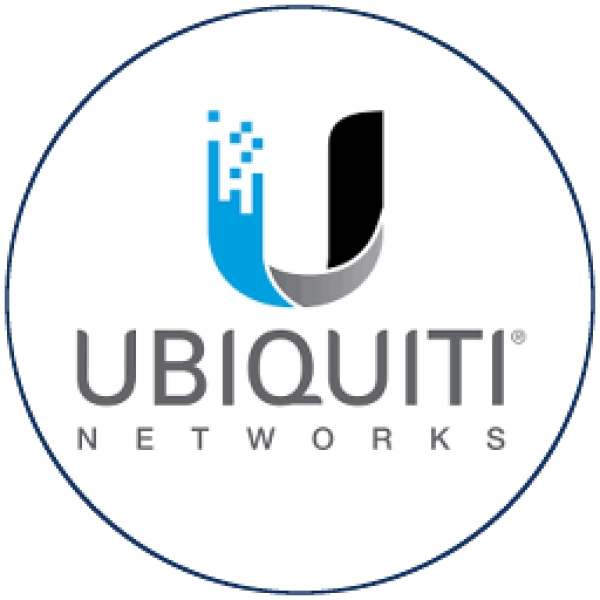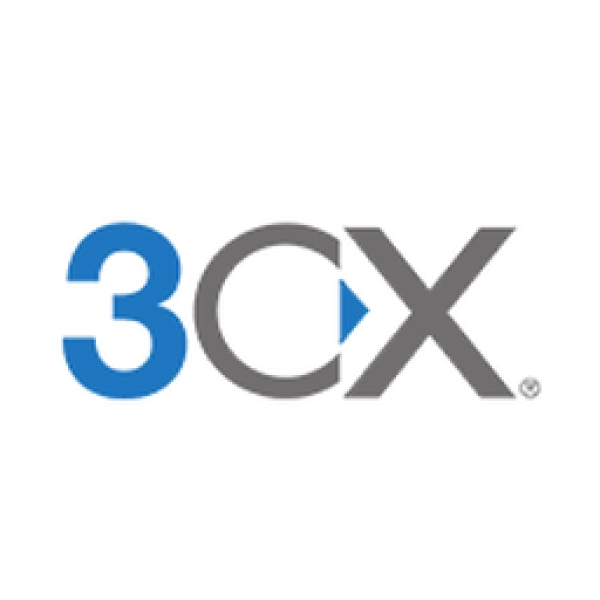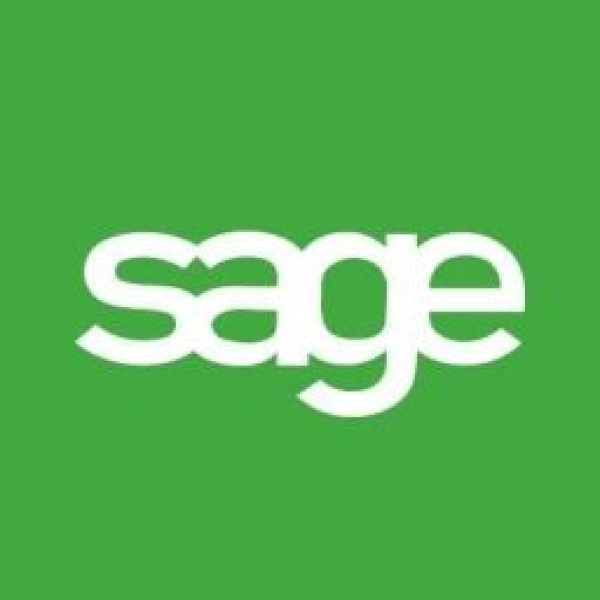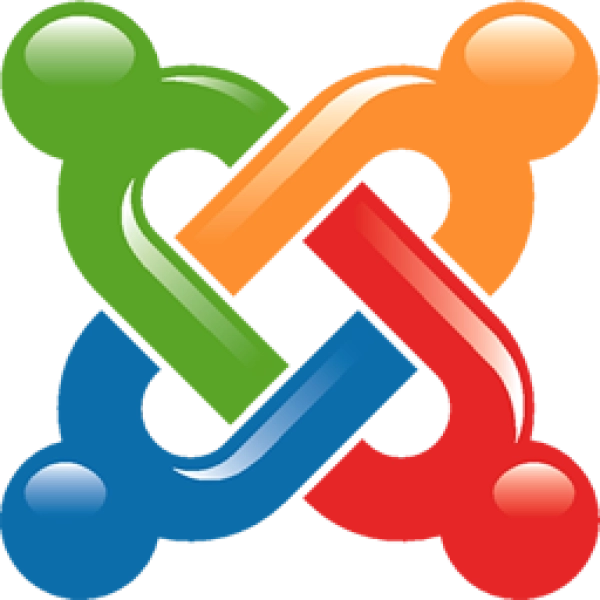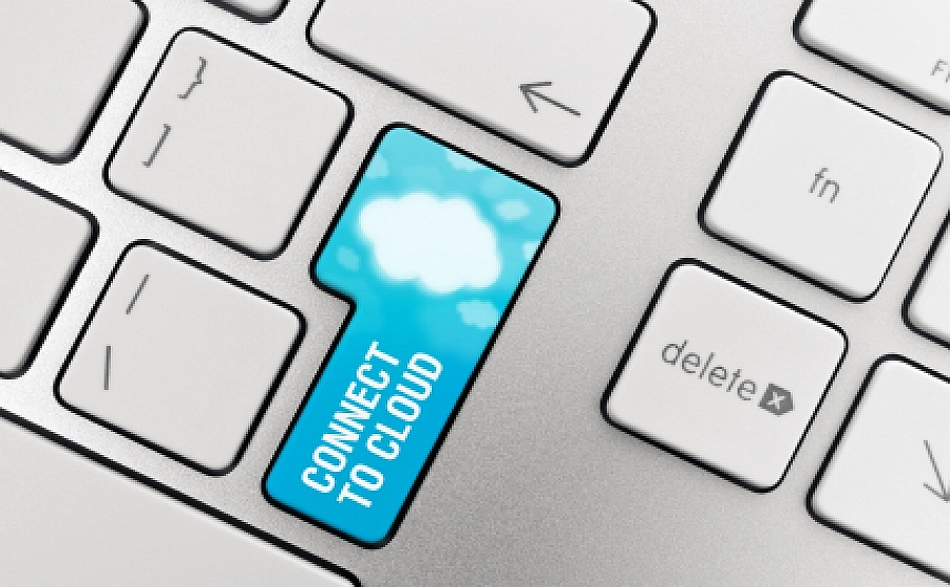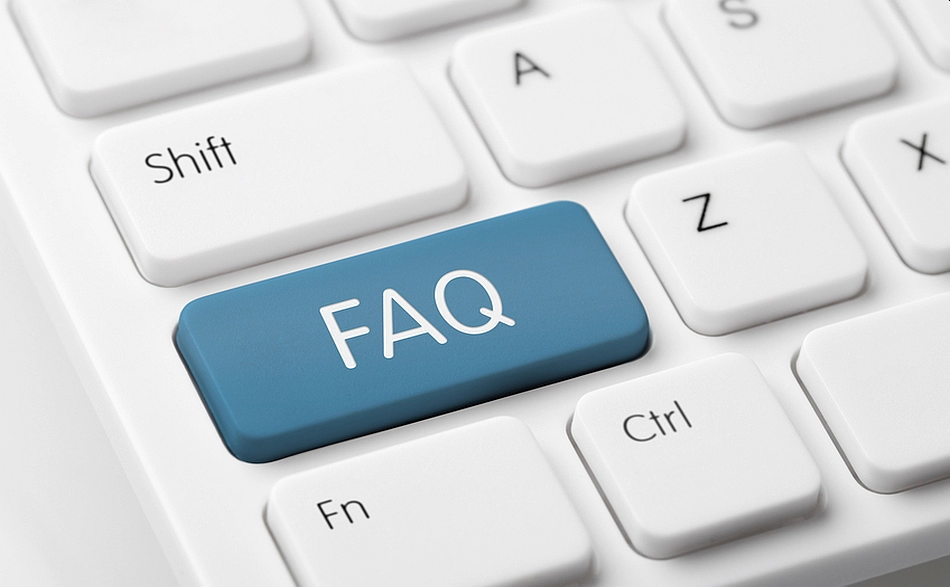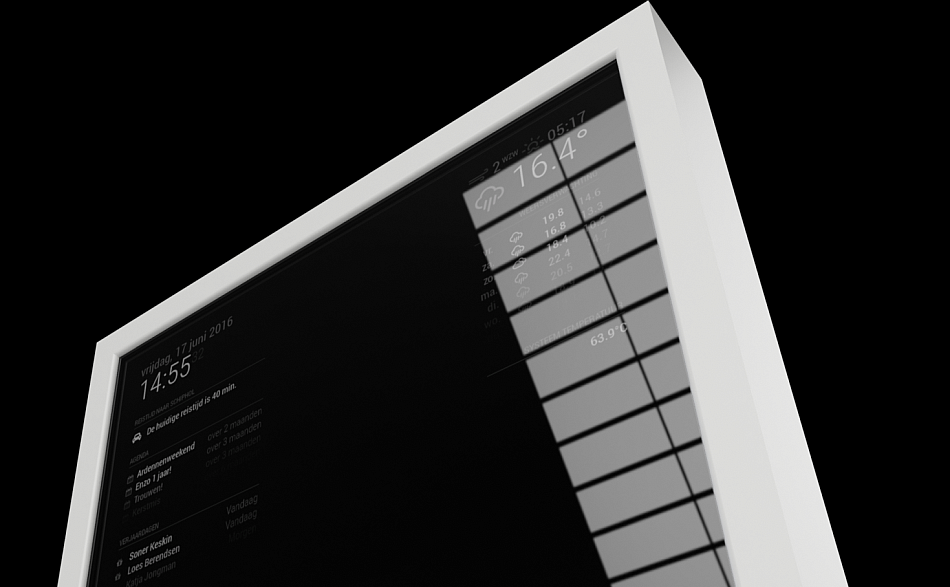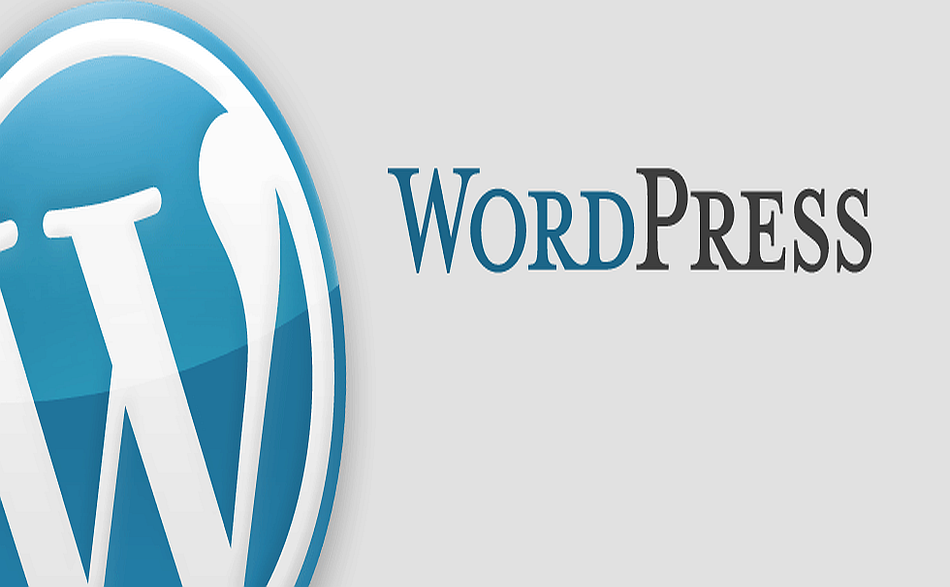Migrating to a NAS (Part 1)
As any small business owner will testify, making large capital expenditure decisions is never easy. In my case, my existing IBM xSeries 206M server was reaching the end of its life after 5 years of dedicated service. Combined with the plethora of external hard disks that were attached to various machines through the office and home, I needed to purchase a new server and migrate the data from external devices to a single unified unit with appropriate backup controls.

Author Bio

Mark Matheson
Key Points
- A NAS operating system extends functionality with very little investment
- Ensure your network infrastructure is optimised before attempting large data transfers
- Read the manual first!
Hits
I started the research process and was looking at some well priced servers, when a friend on Facebook posted a status raving about his recently acquired NAS unit. This got me wondering whether a NAS might be the best alternative to solve my server and data storage requirements.
Why a NAS?
I was led to the conclusion that not only would it satisfy my requirements, it also made me start thinking about things that I hadn't considered before. A NAS could actually unify my business and personal network requirements by bringing together the following items: -
- Bulk data storage for the business
- Media Storage (Photos, Video and Music) and streaming
- Expandability
- Provide a security system
- Enable an internal platform for website development and testing
- Provide sufficient storage space for Virtual Machines (VM's)
- Replace MS Exchange server with an open-source alternative
I was sold! Now the only decision was which NAS to buy. Or was it?
NAS
I quite quickly narrowed my purchasing decision down to two brands of NAS - Synology or QNAP. Both had their advantages but my final decision, the Synology, was made for several reasons: -
- The Synology Operating System, know as DSM, appeared to be more user-friendly
- The look and fell of the Synology appealed more
- The profile of the Synology made it easier to slot into my Media Centre if that's where I wanted to locate it
- Expandability
Hard Disks
Having settled on the Synology DS1812+, a NAS with the ability to hold 8 x 4TB HDD's, and to add two external NAS expansion units of 5 x 4TB each, I now realised that I had to settle on what Hard Disks to include in the NAS.
My original intention was to recycle the HDD's from my existing server and the Media Centre, and possibly add two additional HDD's to increase my capacity. Research suggested this might not be the smartest way to go, but budget constraints restricted me from simply buying several new HDD's up front.
With the NAS running 24x7, the HDD's needed to be robust and able to run constantly for several years without fear of failure. Western Digital and Seagate both produce good quality "green" HDD's, providing low power usage and silent running.
Ultimately, a price point comparison led me to purchase 2 x 3TB Western Digital "Red" NAS drives.
The Hardware
Three days after placing the order, the NAS and HDD's arrived and I was ready to start configuring them. For the first time in a while, I actually RTFM BEFORE I started any configuration (a reasonably smart move). For anyone reading this and considering the unit, reading the instructions BEFORE starting is definitely worthwhile.
The next blog will outline my initial plan, and phase one of the migration.

